The SilverStone Permafrost PF120, PF240, and PF360 ARGB AIO Coolers Review
by E. Fylladitakis on June 17, 2020 10:00 AM ESTThe SilverStone Permafrost Series AIO Coolers
Aside from the obvious difference of a larger radiator, all three versions of the Permafrost cooler are practically identical. The core design of the coolers is the typical AIO configuration of a single radiator, two hoses, and a block that combines the CPU contact plate and a miniature liquid pump. The designer went with standard rubber tubes with external nylon sleeve braiding for additional protection, which are fixed on the radiator and partially adjustable (just a couple dozen degrees sideways) on the CPU block.
SilverStone focused their design efforts on the main block assembly. The company installed a three-phase engine pump and an AEC-Q100 sine wave generator, increasing the efficiency and lowering the noise output of the pump itself. The AEC-Q100 is certified by the Automotive Electronics Council, thus SilverStone is marketing it as an “automotive grade” generator. We can only agree that it is a high-quality part. The designer also installed a micro-channel copper block and made sure to thermally separate the input and output in order to prevent heat creeping.
The top part of the main block assembly is a real acrylic mirror that hides RGB LEDs. Once lit, the LEDs form SilverStone’s logo on the mirror. The user can adjust the lighting effects, colors, speed, etc., but cannot change the illuminated shape in any way.
SilverStone also claims that their radiators are “automotive grade”. That may be accurate regarding the corrosion protection and/or the material of the radiator. In terms of size, however, even the largest 360 radiator cannot be used as a cooling radiator in any kind of car – it hardly has the mass to be used as a heater core in a very small car. Though this is of no real concern to us, as the Permafrost is going to be used to cool PC processors, not a combustion engine.
On topic, the radiators are typical dual pass cross-flow designs, with tiny fins soldered on thin oblong tubes. This is by far the most dominant radiator design for AIO systems and rightfully so, as it offers the best efficiency within limited proportions and for the temperature differences that AIO coolers have to deal with. The radiators are just 26 mm thick, meaning that the entire assembly with the fans requires only 51 mm of clearance, maximizing compatibility.
The bottom of the main block assembly reveals a sizable, square cooper block. It is neither nickel-plated or polished down to a mirror finish, yet the finish is very smooth and free of imperfections. Do note, however, that these coolers are meant for mainstream desktop processors rather than large HEDT processors; so the contact plate is not large enough to cover Ryzen Threadripper processors and SilverStone does not provide hardware to install any Permafrost cooler onto a TR4 socket.
SilverStone’s application of RGB lighting on the cooling fans is exceptional. The designer placed the LEDs into the fan’s engine, creating a fantastic diffusion visual effect on the fan’s semi-transparent blades. If connected to a compatible motherboard, both the fans and the main block will copy the programmed lighting theme of the system. For those who do not own a compatible motherboard or just do not want to have lighting synergy between different parts, the lighting effects can be programmed from the wired controller, meaning that the user will have to open the case in order to access it.


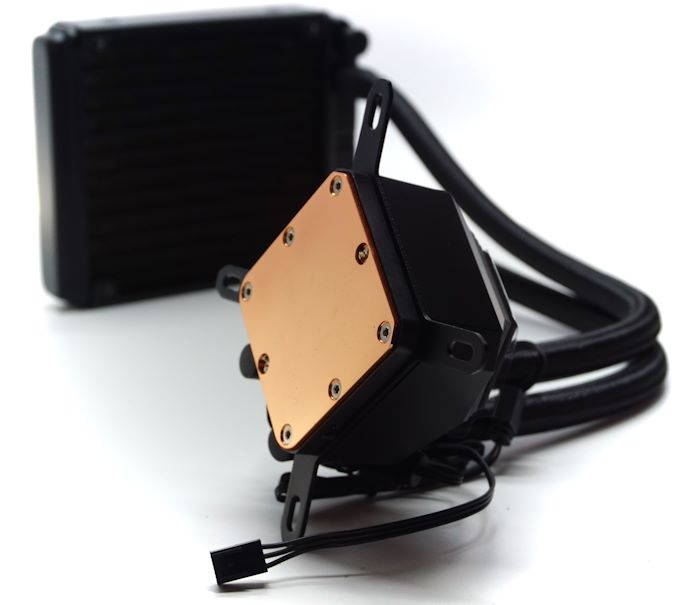
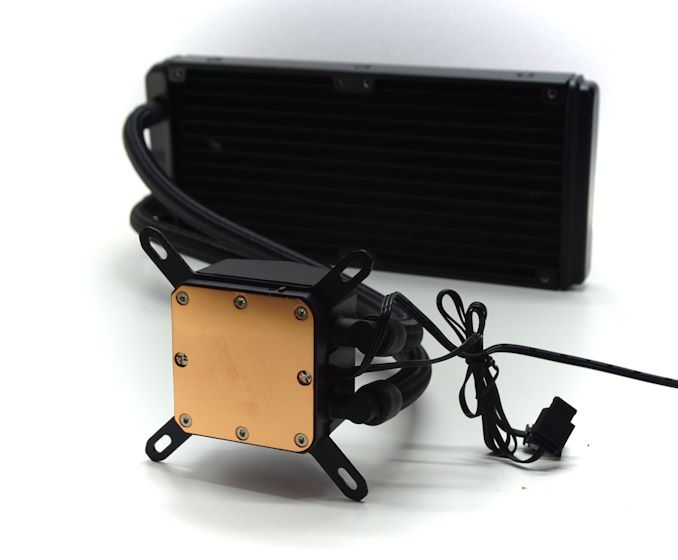

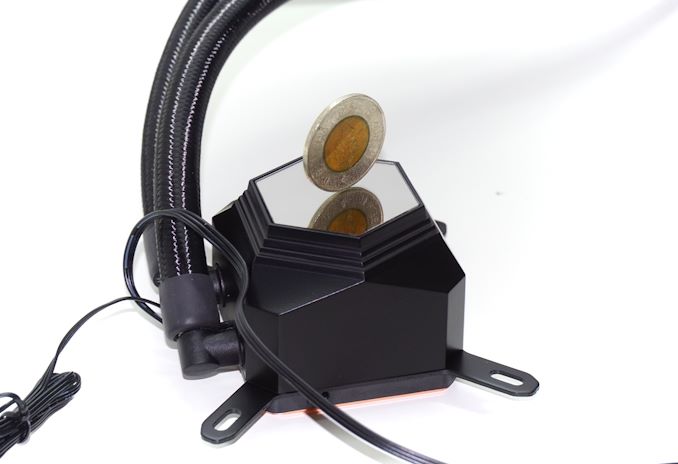
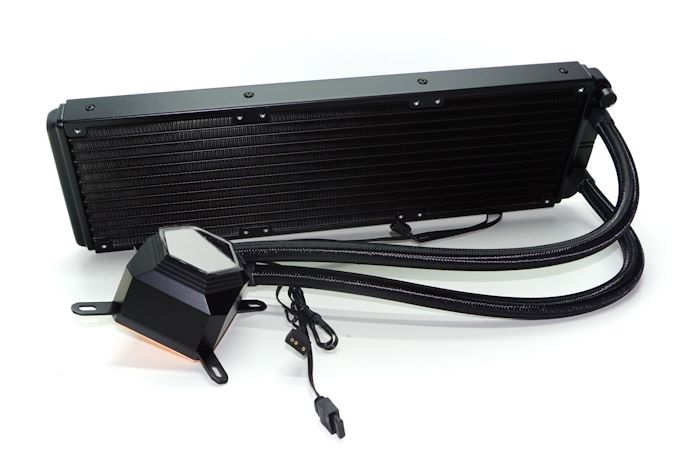
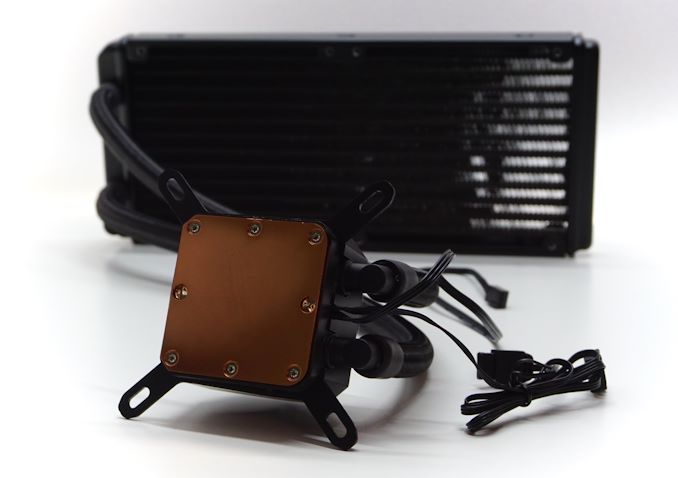
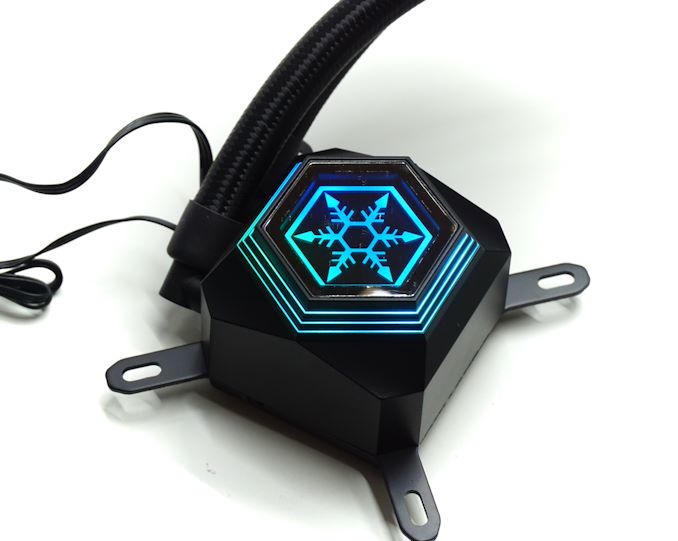
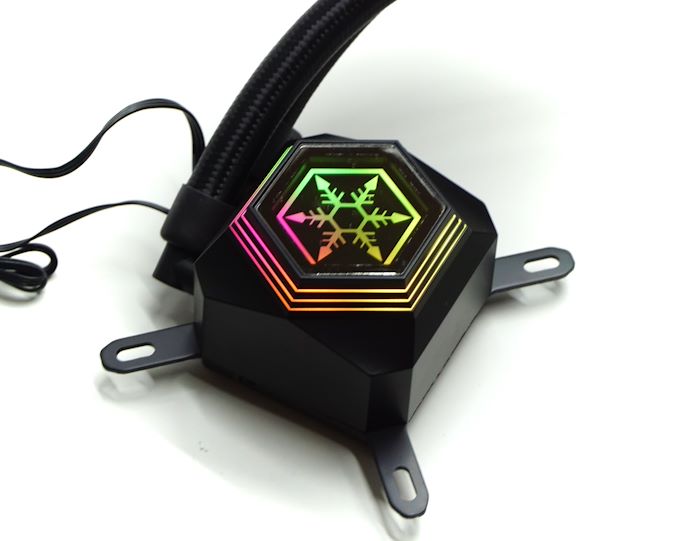
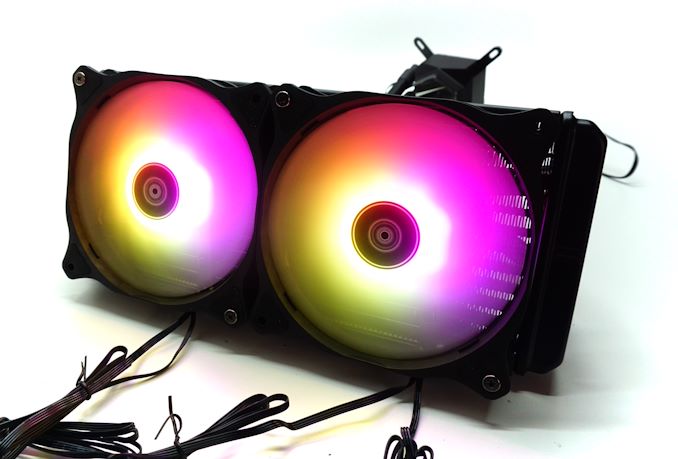








71 Comments
View All Comments
PeachNCream - Wednesday, June 17, 2020 - link
I can't see advantages in adding software and hardware complexity purely for lighting, but addressable RGB seems to be doing just that. More lines of code in which to make errors, more hardware that can fail, and a bigger software footprint for possible compromise and exploitation (nevermind the possible requirement of internet connectivity and awareness of said control software like Razer seems to require which is a by-design potential security problem).eastcoast_pete - Wednesday, June 17, 2020 - link
Agree! I wish reviewers could add (estimate) just how much the LEDs and associated hardware add to the BOM. I'd rather have an AIO cooler for $ 5 less with no lightshow.The only time any LED lighting of the cooling fans could be useful if they would activate or change colors with the CPU temperature (e.g. green, yellow, red); that would, at least, be of interest and tell me if the cooler is doing its job.
QB the Slayer - Wednesday, June 17, 2020 - link
Well... as much as I agree. I do have a bunch of RGB stuff that I really only have since it came with the gear I purchased. But since I have it, I might as well use it! So I have ALL my RGB linked and it actually is linked to the CPU temp... Nice and cool blue when 45°C or less and burning hot red at 85°C or above. MB has 5, GPU has 20, AIO has 16, and mouse has 2... again nothing I went out of my way to get, but they are there. JackNet RGB Sync is a handy little app for this. All this does have a cost though... 3 apps must be running and they are not light in any way (iCUE, G HUB, and JackNet). Thankfully iCUE has an ASUS plugin so that doesn't have to run and the GPU and board can be linked with a cable so no app for the GPU either... Ugh, I am rambling now, sorry guys.QB
PeterCollier - Wednesday, June 17, 2020 - link
Repeat after me: AIO cools no better than air and will leak.PeachNCream - Wednesday, June 17, 2020 - link
Would be nice to see a couple of air coolers in the benchmark charts just for the sake of completeness. I wonder if that would paint these liquid coolers in a poor light though.BenSkywalker - Wednesday, June 17, 2020 - link
https://www.anandtech.com/show/14621/the-noctua-nh...AIO wins easily which shouldn't surprise anyone. The best air coolers can best the worst AIOs by a little providing you are ok with a cluttered sloppy build and rarely need to open your case for anything and you like having more noise.
khanikun - Wednesday, June 17, 2020 - link
Imagine if they tested in a hot room. I have 3 desktops. 1 on custom loop and two on AIO (one Cooler Master and one Corsair). I use to live in Germany, where they don't seem to believe in A/C. So my computer room easily climbed into 85-90F. I couldn't keep any of my machines cool on air.I seem to be doing alright with my AIOs or my custom loop. My Cooler Master AIO was just $55. My Corsair AIO was $115. I have no idea how much my custom loop was, like $500. Owned each of them between 2-3 years now.
Lord of the Bored - Thursday, June 18, 2020 - link
I can't imagine your computers running 85-90F in a room with no AC. Because that is sub-ambient right now where I am.Air conditioning is God's gift to Texas.
Lord of the Bored - Thursday, June 18, 2020 - link
I misread that. Computer room != computer.khanikun - Friday, June 19, 2020 - link
Ya, computer room. My CPU sits around 30-35C for my custom loop (dual 360 rads/push pull fans), depending on whether it's winter or summer. My AIOs are in the 40s (240 rads/push pull fans).